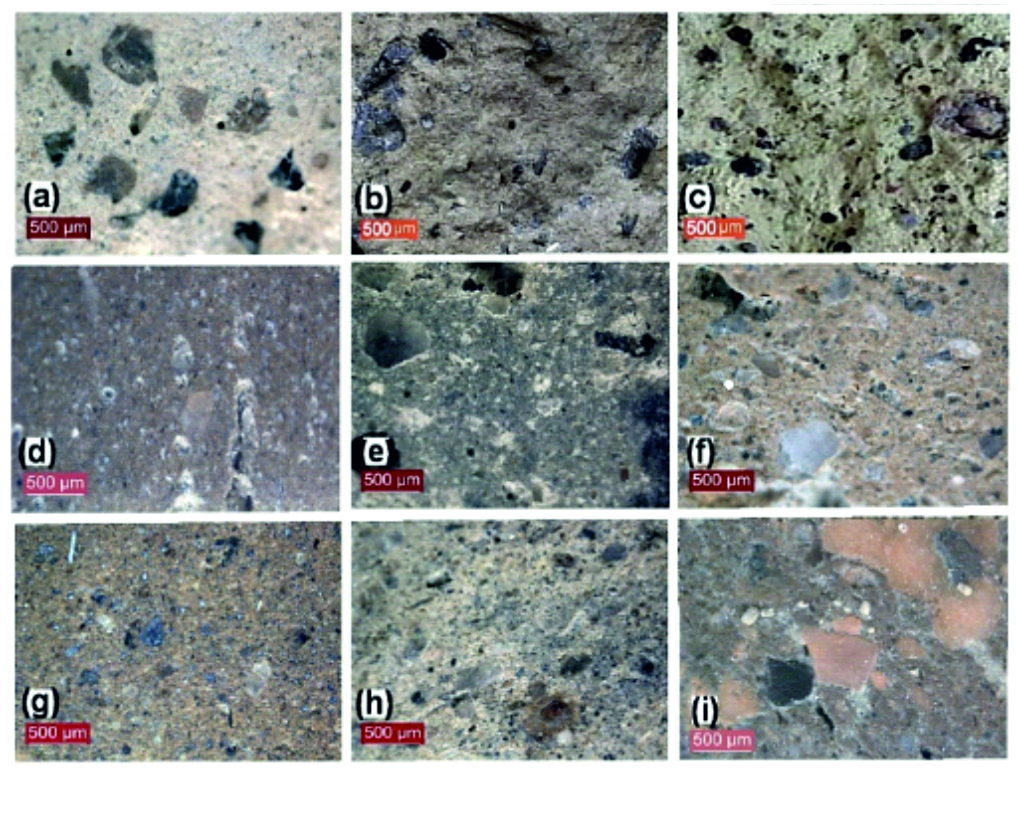- Details
"The provenance study of the raw materials of the antique terracota found near the Crimean Bridge in the Bay of Panticapaeum: Natural-Science Approach"
Kovalchuk M.V., Makarov N.A., Yatsishina E.B., Greshnikov E.A., Badawy W.M., Dmitriev A. Yu., Dorovatovskii P.V. Lobachev V.V., Presnyakova N.N., Svetogorov R.D., Trunkin I.N., Olkhovsky V.S., Kashkarov P.K., Chepurchenko N.N.
The present work was conducted to decipher the provenance of the ceramic raw materials of ancient sculptural terracotta found during the construction of the pillars of the Crimean bridge. The National Research Center "Kurchatov Institute" and the Joint Institute for Nuclear Research studied the ceramic dough of sculpture and samples-standards of dated ancient amphorae from the production centers of the Black Sea and the Mediterranean (from the archaeological collection of the IA RAS). Taking into account the limitations associated with the preservation of a valuable object of cultural heritage, a multi-level research methodology based on a complex of natural scientific methods was used.
The structure of the ceramic paste samples was examined by optical microscopy. Mineral compositions of ceramics were studied by synchrotron diffraction methods. With the help of energy dispersive X-ray microanalysis (EDM), the elemental composition of mineral volcanic inclusions - pyroxenes (markers of provenance) was established, which made it possible to clarify their varieties. The elemental compositions of ceramics and terracotta were measured by the neutron activation analysis (NAA), and the obtained results were processed by multivariate statistical analysis. By comparing all the obtained geochemical characteristics of the samples, we are able to establish the most probable region of origin of the ceramic raw materials of sculptural terracotta - the region of Latium (central Italy).
- Details
Agenda:
- An offer to fill a position within the framework of the JINR specialized international competition for outstanding young scientists;
- A proposal to nominate candidates for the title of "Professor of the Russian Academy of Sciences".
- Details
"QCD Research at the U.S. Electron-Ion Collider"
Prof. Or Hen (Massachusetts Institute of Technology, Cambridge, MA USA)
The Electron Ion Collider (EIC) is a new experimental complex, that is currently being built at Brookhaven National Lab in the U.S. with first operations planed for 2031. The EIC will collide intense, high-energy, polarized beam of electrons and hadrons at center-of-mass energy of 40 – 120 GeV to study the fundamental structure of subatomic matter. For example, the EIC will advance our understand the dynamical generation of hadron mass and spin from quark-gluon interactions in QCD, the three-dimensional structure of nucleons and nuclei, and the emergent properties of dense systems of gluons and more.
The EIC development and construction is a new international project on the first stages of its realization. It provides both new opportunities for the precise research of nuclei and proton, as well as the development of new accelerator and detector technologies using techniques from big data analysis and using pioneer ML and AI features. The project is actively developing and has a wide international support and recognition.
This talk will present an overview of the EIC, its physics program, and the proposed ECCE detector.
- Details
- Details
"Pulsed reactors: phenomenon of dynamic bending"
E. P. Shabalin
Pulsed reactors, or ‘pulsed periodic reactors’, have been operating at the Frank Laboratory of Neutron Physics for 65 years: IBR, IBR+microtron, IBR-30 with an injector, IBR-2, IBR-2M. At present, the design of the future NEPTUN reactor with neptunium-based nuclear fuel is underway. Reactors of this type are unique in the world, and special. However, not all of their features are well studied, and not all are still known. For example, the so-called ‘stochastic’ instability was discovered only ‘at the tip of the pen’ 26 years after the startup of the first IBR in 1960.
The speaker will acquaint the audience with the phenomenon of dynamic bending, which was noticed only when developing the conceptual design of NEPTUN. The effects of dynamic bending are not obvious and not easy to understand, but they play a significant role in evaluating the stable operation of pulsed reactors.



